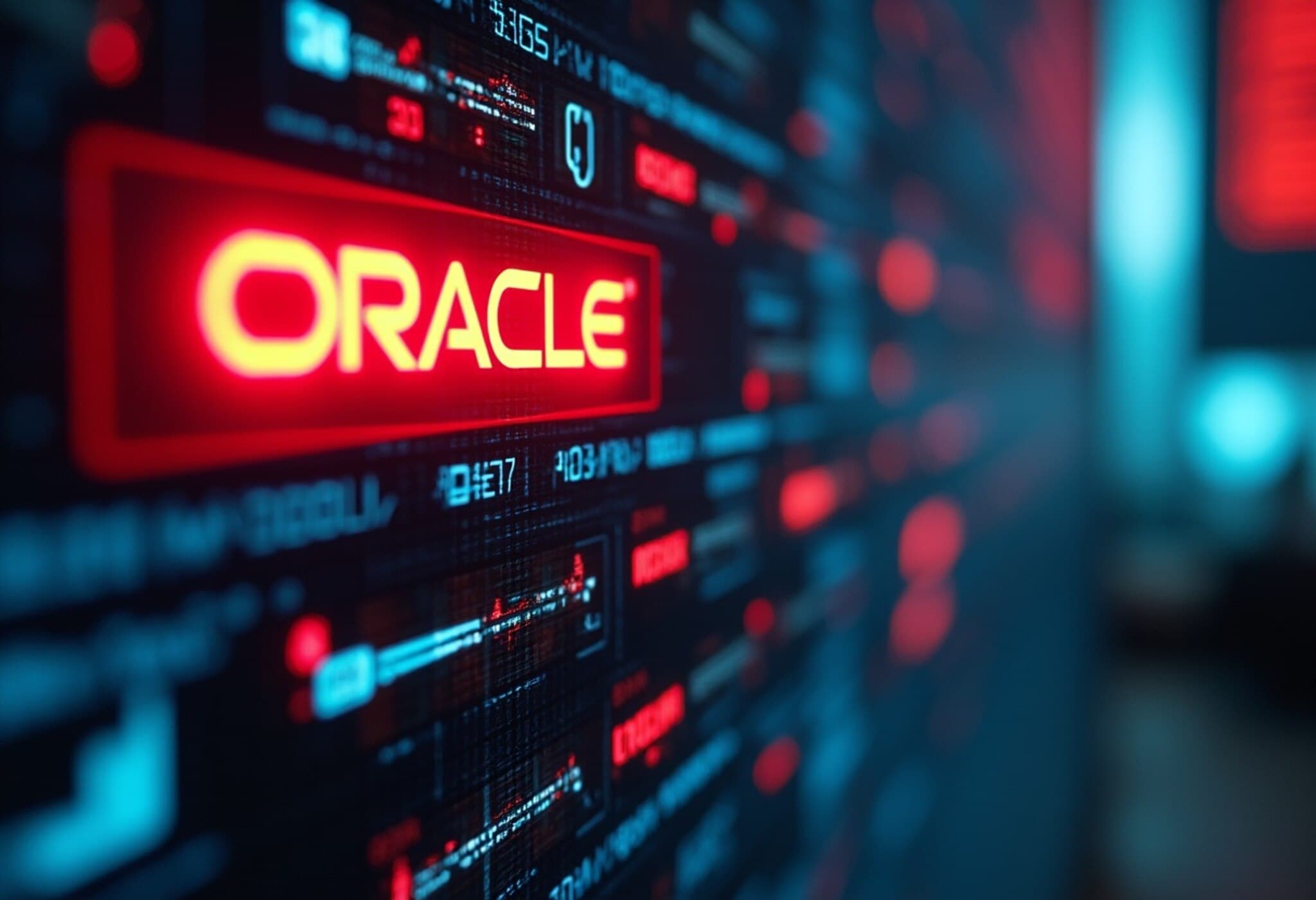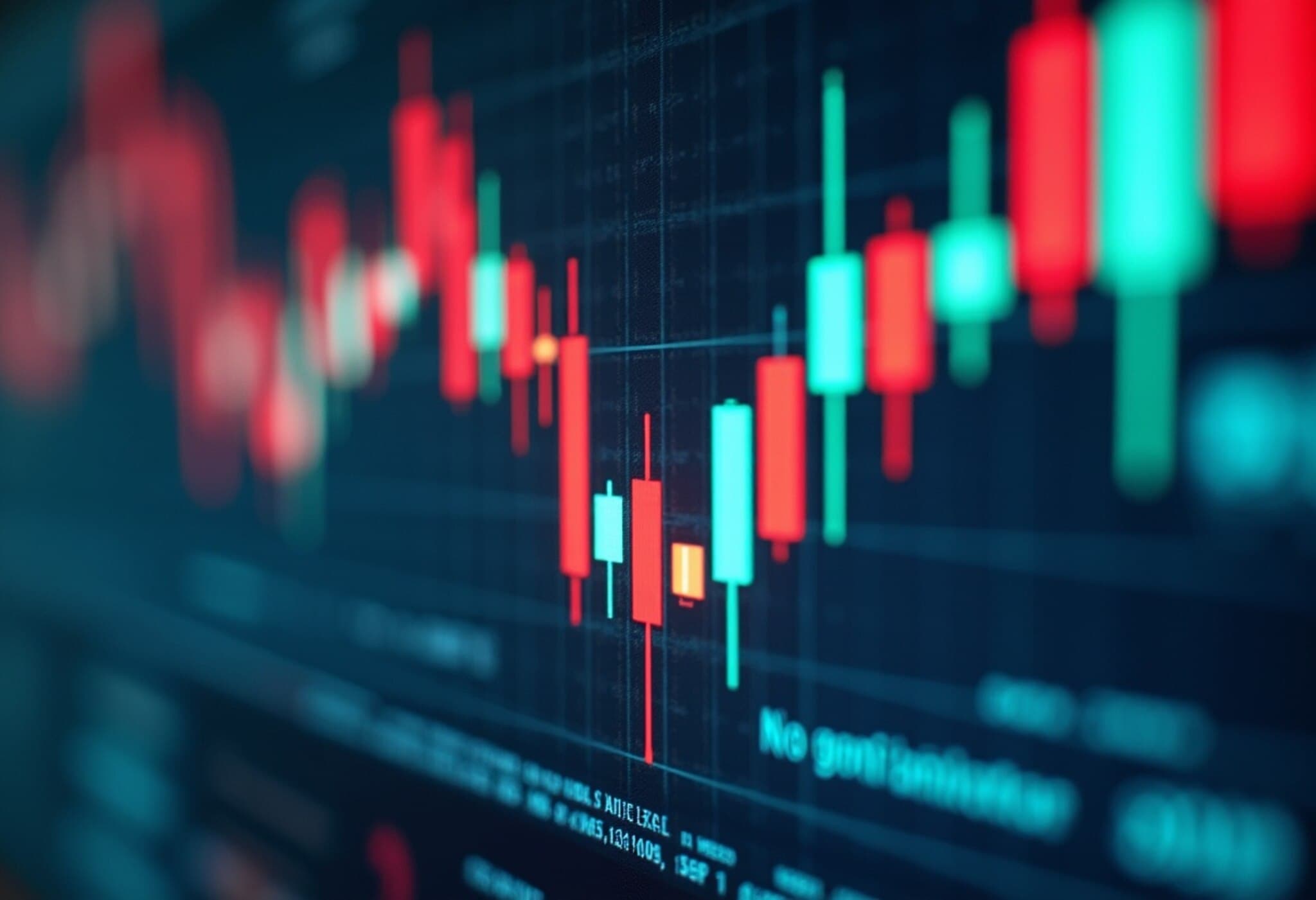CoreWeave Shares Tumble as Losses Exceed Expectations Ahead of Lock-Up Expiration
Shares of CoreWeave, a leading AI-focused data center renter, plunged 14% following the release of its second-quarter earnings, which revealed a larger-than-anticipated loss. Despite surpassing revenue forecasts, the stock faced selling pressure just before the expiration of its post-IPO lock-up period on Thursday evening—an event known for stirring volatility in newly public companies.
Quarterly Performance: Strong Revenue, But Losses Persist
CoreWeave reported an adjusted loss per share of 27 cents, notably wider than the street’s consensus expectation of a 21-cent loss. However, the company’s revenue soared to $1.21 billion, tripling from the prior year and exceeding analysts’ projections of around $1.08 billion. This impressive growth underscores the surging demand for AI infrastructure, which remains the cornerstone of CoreWeave’s business model.
“Demand is significantly outpacing supply,” CFO Nitin Agrawal remarked during the earnings call, emphasizing the robust appetite from clients.
Looking Ahead: Revenue Guidance and Market Sentiment
CoreWeave lifted its full-year 2025 revenue outlook to a range of $5.15 billion to $5.35 billion, surpassing its May guidance and Wall Street’s median estimate of $5.05 billion. For the current quarter, it forecasts revenues between $1.26 billion and $1.30 billion, slightly above analysts’ $1.25 billion consensus.
Yet, the optimism is tempered by immediate concerns. With insiders gaining the ability to sell shares as the lock-up expires, investors are bracing for potential downward pressure on the stock. Analyst firm Stifel acknowledged the company’s promising long-term prospects but cautioned that near-term gains may be capped due to dilution risks from the recent Core Scientific acquisition and market uncertainties.
Capital Expenditure Delays Signal Caution
Another point of scrutiny is CoreWeave’s guided delay in capital expenditures until the fourth quarter. Morgan Stanley analysts note that postponing spending could signal uncertainty around project deployment timelines, which may compress revenue recognition in the near term. This development is critical because effective deployment speed can significantly impact how swiftly revenue growth materializes into profits.
Strategic Moves and Market Position
CoreWeave has been actively strengthening its position through notable acquisitions and partnerships. Among recent highlights:
- A $1.4 billion acquisition of AI monitoring startup Weights & Biases, bolstering its AI tooling ecosystem.
- Expansion deals with hyperscale customers, underscoring its foothold in servicing some of the largest cloud providers and AI innovators.
The company ended the quarter with a hefty $30.1 billion backlog, a sign of strong future revenue visibility in an increasingly competitive AI infrastructure space.
Broader Implications for AI Infrastructure Stocks
CoreWeave’s results shed light on the broader dynamics affecting AI infrastructure providers: skyrocketing demand fueled by AI adoption juxtaposed against operational scaling challenges and market volatility linked to share price expectations. As AI continues reshaping technology ecosystems, companies like CoreWeave are navigating the thin line between rapid growth and fiscal discipline.
Investors and policymakers alike should watch these metrics closely, as infrastructure capacity could become a bottleneck or catalyst within the AI revolution, impacting innovation and economic growth on a larger scale.
Editor’s Note
CoreWeave’s mixed earnings report reveals a bold growth story shadowed by near-term challenges. While soaring revenue and a strong backlog reflect AI’s relentless expansion, the widened losses and impending lock-up expiry inject volatility and raise important questions about sustainable scale-up. This juncture illustrates the complexities AI infrastructure firms face: meeting insatiable demand while managing financial and operational risks. For investors, understanding these nuances is key to navigating this emerging market.



















